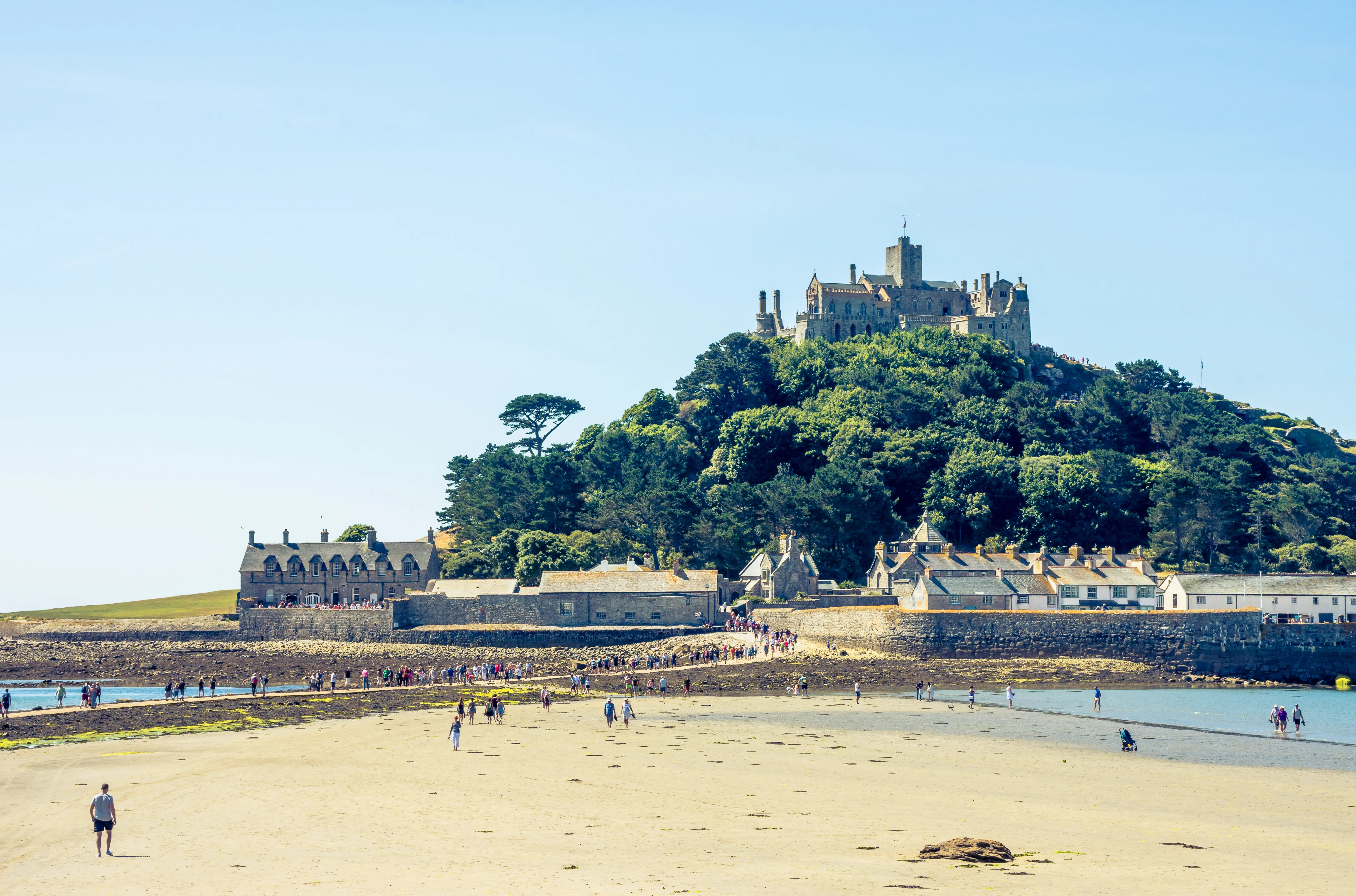Fairytale town dubbed ‘Cornwall on the east coast’ with pretty fishing harbour and no loud arcades
SCATTERED across the UK are a number of beautiful seaside towns and one has been described as looking like Cornwall – despite being over 400 miles away.
The village of Staithes was once the largest fishing port on the North East coast – it’s still used for fishing, but on a much smaller scale.
It has pretty cobbled streets with a small sandy beach that sits inside its natural harbour and traditional seaside cottages.
Despite its position along the Yorkshire coastline, lots of people are saying looks like it belongs in the south.
One wrote on Tripadvisor that it’s the “Cornwall on the east coast”.
Another added that it’s a “place is for good old fashioned fun, no slot machines down here”.
Unlike other seaside towns and villages there aren’t any big piers or arcades.
If you visit during the colder months and need to warm up, then head to Dotty’s Vintage Tearoom for coffee, tea and cake.
There’s also the Royal George Pub, Captain Cook Inn and The Cod and Lobster seafood restaurant which sits on the very edge of the coastline.
The village has independent boutiques and its own museum too where visitors can learn about Captain Cook and the history of Staithes.
Most read in Best of British
You can easily visit other spots along the coast as Staithes sits between Whitby and Middlesbrough along the coastline.
It’s a popular seaside spot and was mentioned by Sun readers as one of their favourite underrated places in Yorkshire.
Sun reader Amy Stevenson said: “There’s no place quite like Staithes, it’s just so picturesque.”
Another mention was from Claire Allen who walked 4,000 miles around the UK coastline, raising money for Shelter charity.
Along the way visited over 1,000 coastal towns and villages – and Staithes is one of her favourites.
She told Country Living: “The view down to the village is almost enough to remember it by, but the narrow streets, pretty houses and a sheltered, sandy beach that’s as popular with fossil hunters as it is with families, put Staithes firmly at the top of the places-to-go-back-to list.
“There are pubs, cafes and tearooms, but not so many that it feels impersonal.
“I met a couple who were so taken with the place, that they’d spontaneously decided to extend their holiday.”
Here’s where to find the ‘best seaside town’ in the UK with a castle on the beach…

Bamburgh in Northumberland is constantly topping the rankings when it comes to the UK’s best seaside town.
The annual Which? ranking of seaside towns is created every year, with thousands of people surveyed about their experiences of UK beach holidays over the last year.
Once again, Bamburgh in Northumberland came top of the pile, making it four years in a row that the north east town has claimed the title.
Bamburgh is renowned for its stunning sandy shoreline, backed by the imposing ruins of its ancient castle.
One Travel Writer who visited said: “Visitors can take a dip in the fresh North Sea if they’re feeling bold, however I decided to simply dig my toes into the soft sand and take in the sights of Bamburgh Castle, which stands imposingly atop a hill behind the beach, creating a real life work of art.
“Making the scene even more idyllic is the small snack van, Bait at Bamburgh, tucked away in a car park behind the dunes.
“Its phenomenal crab crumpets are its signature dish, while local smoked Craster kippers are also on offer, providing beach-goers with delicious gourmet seafood treats plucked straight from the sea in front of them.
“The same locally-sourced produce can be found in places like the Potted Lobster, a relaxed bistro-style restaurant, whose freshly-prepared meals have earned it a place in the Michelin guide on four separate occasions.
“The Copper Kettle and Clock Tower tearooms serve similarly well-regarded fare. The former of the two describes itself as being “widely recognised as one of the finest Tea Rooms in the country” while the latter is part of the castle that draws people to Bamburgh from far and wide.“
Plus, one Sun writer reveals more on the ‘prettiest town’ in Yorkshire where she grew up that southerners won’t have heard of.
And from someone who’s walked 10,000 miles through British countryside names their quaint English village that everyone should visit.





